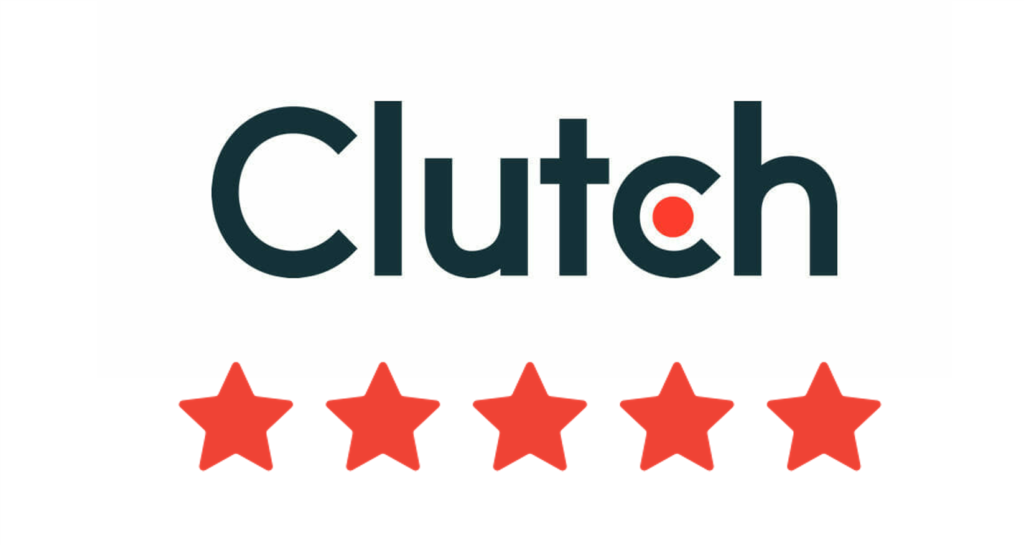Generative AI has been a major force in the technology industry since its start. Tools such as ChatGPT have had an impact on every field that you can think of, and information technology isn’t an exception. With a lower barrier to entry, higher speeds, and a simple interface businesses can complete the same things that took days to complete in just a few minutes.
It is not only impacting the productivity of teams but also playing a pivotal role in plugging in those skills gaps, not only that, it is also ready to disrupt the IT market for jobs.
How does a generative AI affect how we think about the future of AI?
That’s exactly the question we’ll attempt to solve in this article Based on research and studies.
In this article, you’ll discover six figures that show how it is that generative AI can affect the IT job market as well as the skills gap.
Table of Contents
6 Statistics That Show How Generative AI Is Impacting IT Job Market and Skill Gaps
| 1. 40% of C-suite executives will use generative AI tools To Fulfill Critical Skill Gap |
| 2. 95% of Respondents are Actively Discussing Ways To Maximize Value From Generative AI Tools |
| 3. 49% of Survey Respondents Said That Employees Are Already Automating Their Daily Tasks With Generative AI |
| 4. 22% of C-Suite Executives Are Putting Rules In Place To Regulate Generative AI |
| 5. Generative AI Will Replace 2.4 Million Jobs By 2030 |
| 6. 80% of Code Will Be Checked By AI In the Next Five Years |

Here are six statistics that show you how generative AI is impacting the job market and skill gap in the IT industry.
1. 40% of C-suite executives will use generative AI tools To Fulfill Critical Skill Gap1
According to a survey conducted by Kaspersky Research, which included more than 2000 C-suite executives, 40% of them are using generative AI course to overcome critical skill gaps. The majority of them are actively looking to automate tasks to reduce the burden on their existing workforce so they can focus on more value-centric activities.
For generative AI tools, that’s a big achievement, especially when considering its penetration in such a small time frame. As the technology matures, we will see its new and more sophisticated use cases and applications emerge. Businesses will start to use it for things that they might have never thought about a few years back.
2. 95% of Respondents are Actively Discussing Ways To Maximize Value From Generative AI Tools
Generative AI is on top of the business agendas these days. A European study backs up those claims. Almost all (95%) of the respondents are actively discussing ways to maximize value from generative AI technology. That’s not the surprising part because businesses want a higher return on investment from their technology investments whether it is a Seattle dedicated server or a new software they have recently bought.
The real shocking aspect is that almost 92% of these respondents admitted that they don’t fully understand how generative AI works. Despite this, they know that it is important and are trying to develop their understanding and knowledge of generative AI.
David Emm, a security researcher at Kaspersky summarized the issue brilliantly when he stated “It is essential that senior management develops a better understanding of the management of data. Knowing what can and cannot be used to train these AI models.”
3. 49% of Survey Respondents Said That Employees Are Already Automating Their Daily Tasks With Generative AI
Almost half (49%) of the survey respondents said that they have already started using generative AI in their daily tasks. Most of them are using generative AI to write and respond to emails, generate code, and respond to customer questions.
Education regarding generative AI is still limited among employees. This leaves them more vulnerable to cybersecurity attacks targeting generative AI systems.
4. 22% of C-Suite Executives Are Putting Rules In Place To Regulate Generative AI
Despite being the top business agenda and business’s eagerness to use generative AI, it is ironic to see only a meager 22% of C-suite care about developing rules to regulate generative AI.
With no guardrails in place, generative AI’s traditional flaws such as hallucinations and risk of exposure to sensitive data and data errors all come to light. All this is necessary in order to safely embrace generative AI.
5. Generative AI Will Replace 2.4 Million Jobs By 2030
Different people may have diverse opinions on this topic. Some people are worried that generative AI could be able to take over their jobs. Others claim that it will be your assistant rather than replacing your work. What does the data tell us?
According to multiple research studies, generative AI will replace more than 2.4 million jobs by 2030 but it will also compensate for 30% of the jobs lost to automation by creating newer ones. Generative AI will transform how various jobs are run and completely alter our work practices over the next few years.
6. 80% of Code Will Be Checked By AI In the Next Five Years
According to a study conducted by Microsoft, generative AI tools like ChatGPT and Microsoft Co-pilot can help you code 55% faster. In addition, they are an excellent choice for examining the quality of code. Actually, the majority of the code uploaded to GitHub repositories is currently being reviewed by AI. This number will jump to 80% in the next five years.
This will shrink the software development lifecycle and help you create new software faster. Many businesses may even alter their approach and place AI the top priority. As far as their infrastructure foundation goes. This will be a huge departure from the traditional infrastructure that we are accustomed to for the last five decades. Expect to see a major shift in IT strategies to accommodate artificial intelligence.
Which of these statistics surprised you and why?
Share it with us in the comments section below.




